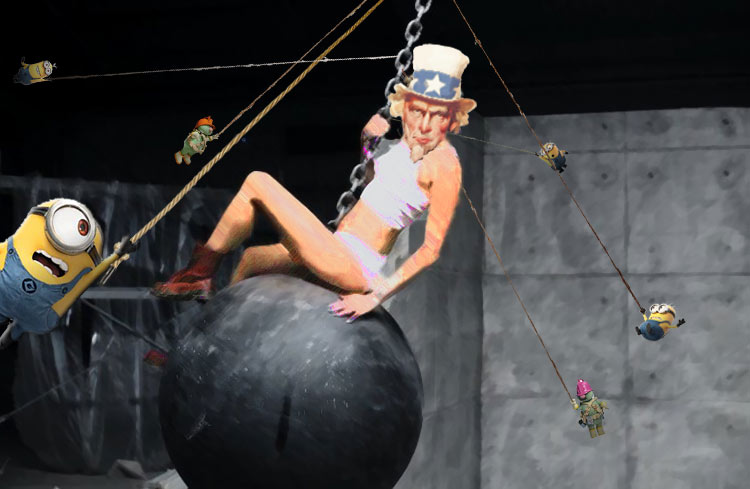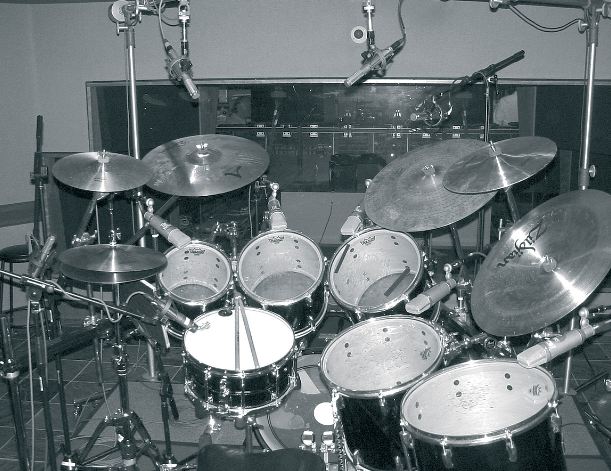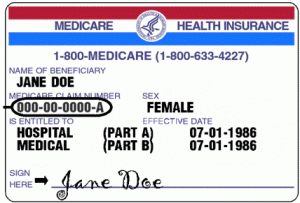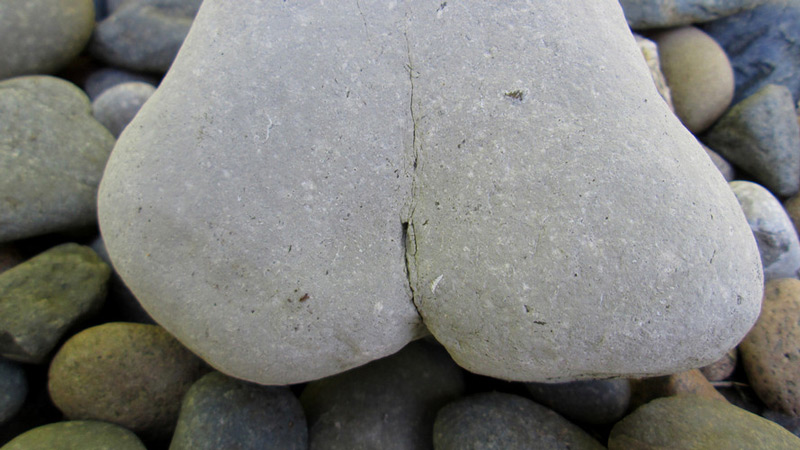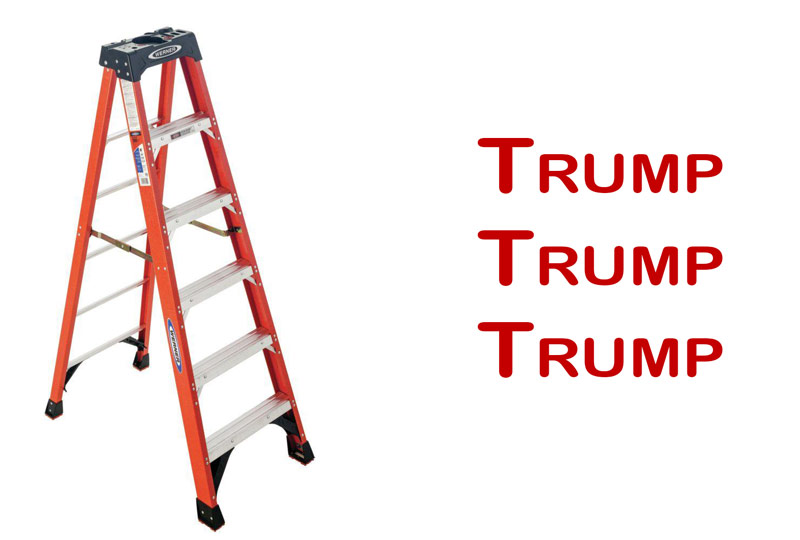Sarit Bruno manages content and editorial line for Audiofanzine
Electricity
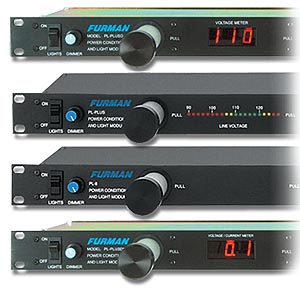 Nothing will work without electricity unless you’re jamming at the local drum circles down on the beach. Electrical installation studio power is often overlooked. Studios will setup a “clean feed” that is a separate breaker from the rest of the general power that is being used for air conditioning, lighting and the basic necessities of the rest of the building. Have you ever plugged something in and heard that horrific buzzing sound coming from the speakers or guitar amp? This is usually due to bad electrical wiring, which causes ground noise. This is the first thing to listen for when going in to a studio session. A simple solution to the problem would be to use a simple ground lifter on the gear or lift the ground from a direct box which can also solve the problems. We will go into details later.
Nothing will work without electricity unless you’re jamming at the local drum circles down on the beach. Electrical installation studio power is often overlooked. Studios will setup a “clean feed” that is a separate breaker from the rest of the general power that is being used for air conditioning, lighting and the basic necessities of the rest of the building. Have you ever plugged something in and heard that horrific buzzing sound coming from the speakers or guitar amp? This is usually due to bad electrical wiring, which causes ground noise. This is the first thing to listen for when going in to a studio session. A simple solution to the problem would be to use a simple ground lifter on the gear or lift the ground from a direct box which can also solve the problems. We will go into details later.
Isolated electrical circuits for each individual room are a must in a recording studio. The proper amount of amperage is also a must. Not enough amperage will surely cause your breakers to blow. Consult with an Electrician who is familiar with studio setups to insure that wiring and voltage is regulated and conforming with local codes.
Unregulated Power Supplies (UPS) should also be in place just in case there is a power failure. This will insure that valuable equipment will not blow up or cause a fire. If there is a case of a power outage the UPS will provide enough time to backup important computer files and safely turn off your equipment. Some studios will have complete generator systems in place to keep the studio running for the remainder of the session.
Improper lighting can also cause buzzing ground issues, especially fluorescent bulbs. Avoid using these in any studio. Dimmers can also cause many problems. The average household dimmers will surely put a damper into a clean sound. Make sure that professional grade dimmers are installed to avoid ground noise. Always listen carefully to signals being recorded before committing to a final take. There are a countless number of accounts that the engineer discovers electrical noise on takes during the mix process.
If you are serious about your studio, may I suggest balance power or a separated panel with neutral power conditioning. The evil problems of ground issues are a direct reflection of sources returning or looking for a different ground. Voltage potential between neutral and ground will certainly change your way of looking at things… for example, .5 volts between neutral and ground is the maximum allowance by UL code that electronics will operate optimally without potential induction issues. I would suggest having a meter installed to rate this. Logging this information and having a good rapport with the local electric company would not hurt at all.
Air Conditioning/HVAC
This is another very important area that is often not considered. Studio gear gets very hot. The lack of adequate cooling could result in equipment failure or damage. Blowing up equipment is no fun and it gets very expensive. Some recording studios have a separate Machine Room for computers, tape machines and power amps that is highly air-conditioned to keep everything cool. This also cuts down on the noise from the fans on such units, which can distract concentration from listening in detail in the control room. Having too much air conditioning could also result in moisture or condensation build-up that may also damage the gear. Water in general is bad for electronic gear.
The return air system is used to pull heat out of needed areas and also provides an air intake for the AC units. These are placed in key areas where there is a build-up of heat from the gear, for example near the console or in the machine room.
Separate Rooms: Control Room
Most studios have several isolated areas for recording, mixing, and production. Soundproofing is the main agenda when creating multiple rooms in a studio. To achieve this, the main objective is to make the rooms airtight. If air cannot leak in or out of a room, there will be less chance of sound leaking in or out as well.
Most pro studios have double doors that create a sound lock to help prevent noise leakage. They also have very thick double walls with interior air gaps to also help trap unwanted sound. The floors in the studio should also be floated which means they are lifted from the ground to help further prevent extra vibrations and leakage.
The first focus would be the Control Room where the mixing console and outboard gear are contained. This is where all of the recording and mixing is controlled, hence control room. The acoustics in this room should be designed for hearing the exact sound that is being recorded or mixed. The sound of the room should be as natural as possible for accurate representation of the original sound translated to the speakers in the room.
The first rule for an appropriate acoustically treated room is that there should be no parallel walls .If you were to clap your hands in a room with hard parallel walls you would here the sound bouncing back and forth, this is known as a flutter echo. This is neither good for recording or mixing. The trapping of unwanted bass is important for a room to sound great as well. Twenty five percent of the room should be assigned for bass traps for an adequate mixing room.
Published: by | Updated: 07-10-2014 10:20:10









